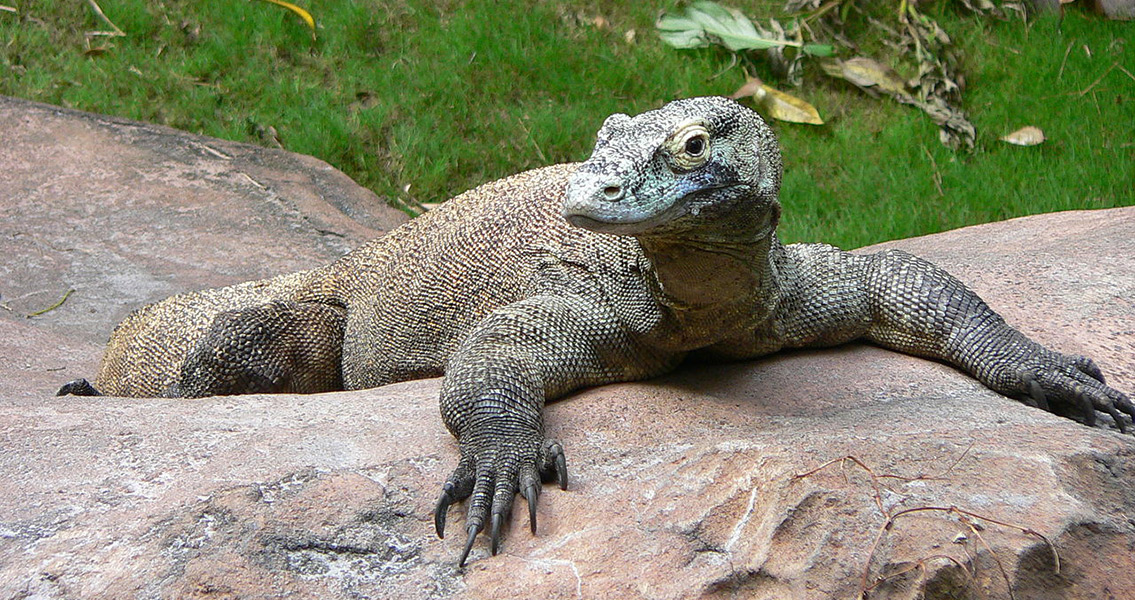<![CDATA[A tiny fossil from a giant lizard has become the first physical evidence that giant reptiles and humans co-existed for a time during the Pleistocene in Australia. The fossil is just about one centimeter in length and is called an osteoderm, a bone under the scales of lizards that reinforces them, acting as a kind of body armour. It has been dated to 50,000 years ago, which is the time when the first humans were emerging on the Australian continent. The discovery was made by scientists from the University of Queensland, in co-operation with two other universities, the Australian National and Southern Cross, plus the Queensland Museum and several other institutions. The fossil was found at one of the most famous tourist sites in Australia, the Capricorn Caves in Mount. Etna. Lead author Gilbert Price, vertebrate palaeoecologist at the University of Queensland, told media in a press release from his university that the discovery was jaw-dropping. It has long been suspected that the first human inhabitants of Australia co-existed with giant lizards but so far there has been no hard evidence to prove this. Price’s team dated the fossil using both the radiocarbon method and a technique called integrated uranium-thorium dating, which is used to determine the age of calcium carbonate materials. The analysis revealed that the fossil was around 50,000 years old but the researchers were unable to determine the species to which it belonged. Price said it could have belonged to an ancient predecessor of the Komodo dragon – the largest living lizard today which reaches lengths of three metres and weight of up tp 70 kg – or possibly an even larger reptile, such as the Megalania monitor, which could grow to six metres in length and half a tonne in weight. The Mergalania is believed to have become extinct some 30,000 to 40,000 years ago, according to different scientific sources. Given this evidence of a temporal overlapping between humans and giant lizards, scientists’ suggestions that man had a hand in the extinction of these species seem to now get solid support. Life for those early Australians, goes the press release, was hard enough with an Ice Age, and the presence of giant reptiles, not just lizards but also huge land-dwelling crocodiles reaching lengths of nine metres, did not make it easy to survive. Yet survive the humans did, apparently at the expense of a few other species, which may have been doomed by the changing climate anyway. The site where the discovery was made, the Capricorn Caves, is one of the richest palaeontological sites in Australia, with millions of fossils from a vast variety of species, including four megafauna species: the Quinkana, an inland crocodile that lived between five million and 30,000 years ago, a marsupial lion called Thyacoleo, which lived in the same period as the crocodile, and two other marsupials, the Procoptodon (1.8 million to 30,000 years ago) and the Diprotodon (1.8 million to 30,000 years ago), according to a factsheet on the Capricorn Caves website. The manager of the cave complex commented in the UQ press release that “This study also begs the question — what else is entombed in our caves and what else can we learn?” For more information: Temporal overlap of humans and giant lizards (Varanidae; Squamata) in Pleistocene Australia ]]>
Humans and Giant Lizards Co-Existed in Australia
